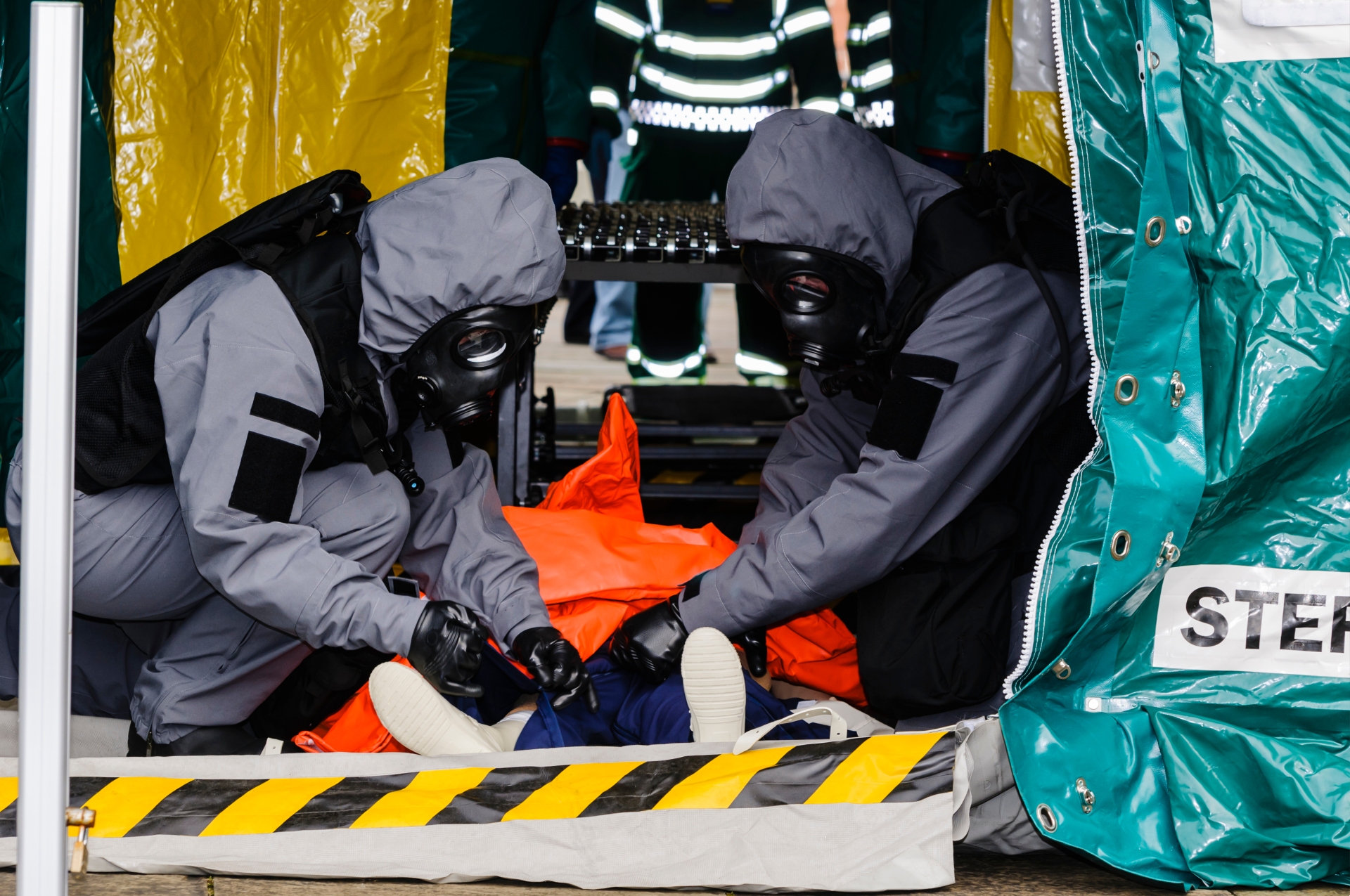The history of CBRN
 The CBRN term is used for chemical, biological, radiological, and nuclear events where there is malevolent intent, i.e., the aim is to harm and cause fear and suffering.
The CBRN term is used for chemical, biological, radiological, and nuclear events where there is malevolent intent, i.e., the aim is to harm and cause fear and suffering.
The use of chemical and biological components as a means of inflicting harm and death to others is well documented in history. As early as 1000 B.C., the Chinese recorded hundreds of recipes for compounds mixed with gunpowder in order to create ‘toxic smoke’ they could use to incapacitate their enemies. Around 600 B.C. the Assyrians poisoned the water supply of their enemy with rye ergot, a poisonous mycotoxin obtained from diseased rye. In 184 B.C. Hannibal of Carthage hurled hundreds of pots filled with poisonous Vipers onto enemy ships. The list of chemical and biological use continues throughout the centuries.
The modern era of chemical and biological warfare commenced during World War 1 (WW1), where blister agents such as Chlorine gas and Mustard gas were used on the battlefield. During World War 2 (WW2), Japan used Mustard gas and the newly developed Blister agent, Lewisite, on Chinese forces. Through the 1930’s and 40’s, nerve agents were developed by German forces; Tabun, Sarin, Soman. Although never used on the battlefield, following the end of the war, the technology was captured by American and Russian forces who used them to expand their own chemical weapons arsenals. The nuclear weaponization came on August 6th 1945, when America dropped an atomic bomb on Hiroshima, killing around 80,000 people, with tens of thousands more dying from radiation exposure. A second bomb was dropped on Nagasaki 3 days later, killing 40,000.
In recent years, Blister and Nerve agents were used during the Iraq and Iran war from 1980 – 1988, and multiple terrorist attacks have been conducted using chemical and biological agents.